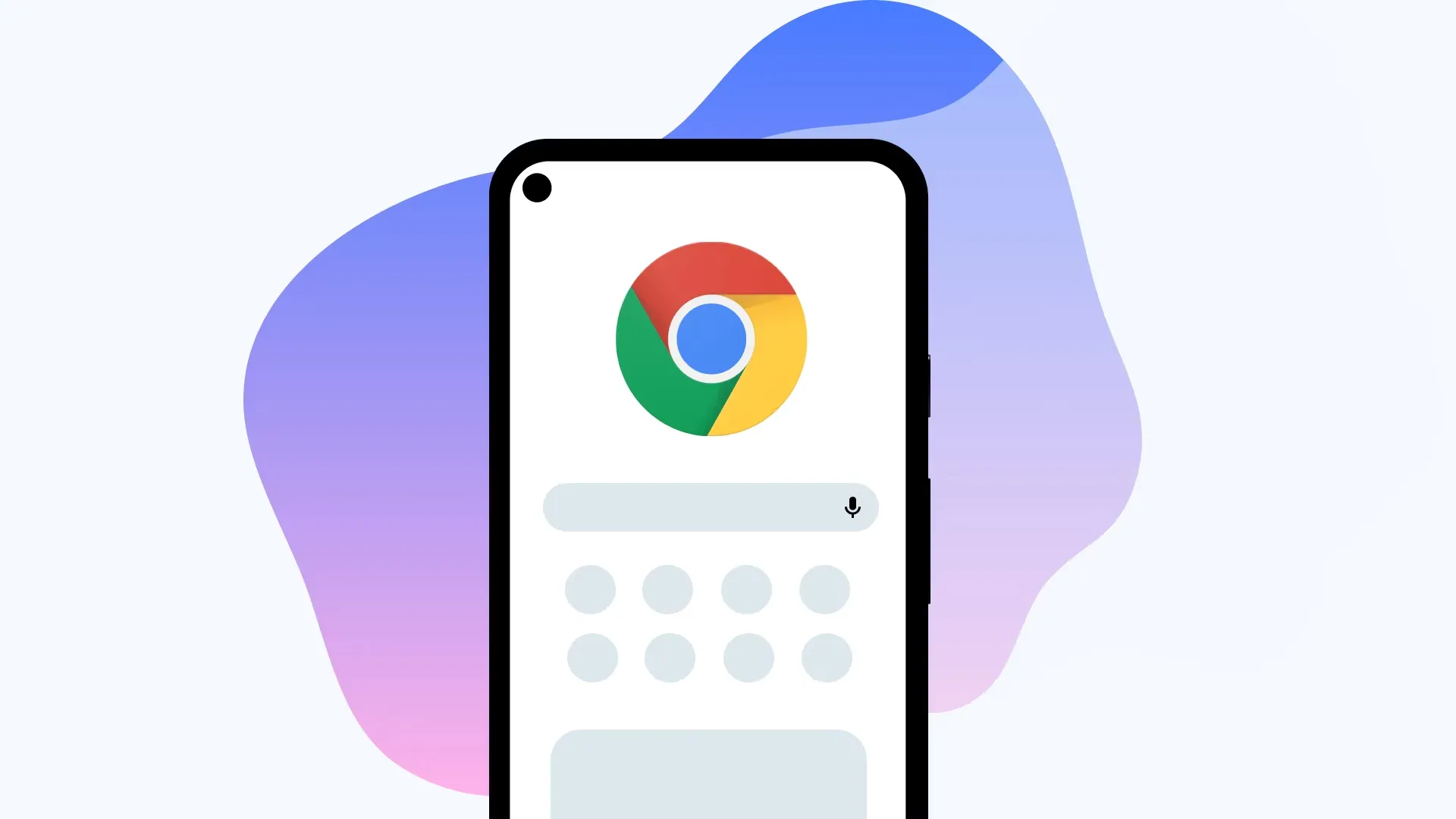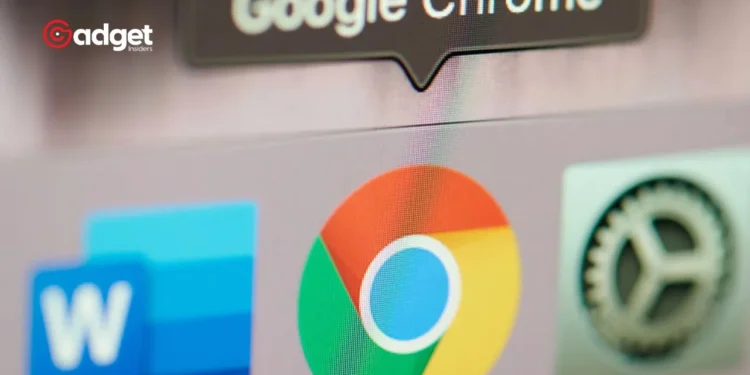Last week, the release of Google Chrome 124 introduced a significant shift in internet security dynamics. As part of its ongoing efforts to fortify web communications against future threats, Google incorporated a hybrid post-quantum TLS key exchange mechanism known as X25519Kyber768 encryption. This update, designed to thwart “store now, decrypt later” attacks, marks a pivotal moment in the evolution of digital security.
“Store now, decrypt later” attacks involve malicious entities capturing encrypted data with the intent to decrypt it later using more advanced technologies, such as quantum computing.
This sophisticated form of cyber-attack is a growing concern as quantum computing becomes more viable. Google’s initiative aims to protect sensitive user data from such vulnerabilities by preparing for the quantum age in advance.

User Experience Challenges: Connectivity Issues Post-Update
However, the transition has not been seamless. Following the Chrome update, a surge of user reports highlighted issues with connecting to websites, and servers and maintaining stable firewall operations. The introduction of larger key sizes by post-quantum algorithms seems to have caught some older systems off guard, leading to broken TLS connections.
Jason Soroko, Senior Vice President of Product at Sectigo, explained, “The larger key sizes associated with postquantum algorithms are simply not expected by some of these legacy systems, and that’s resulting in the broken TLS connections. This highlights one of the main difficulties we are going to have to secure systems in the postquantum world.”
Moreover, users encountered difficulties with multimedia functionality, finding themselves unable to play audio on music and video streams even after attempts to reboot and reinstall.

Chrome: The Broader Implications of Early Adoption
Tom Siu, Chief Information Security Officer at Inversion6, commented on the broader implications of these updates, “Browser-based upgrades are the tail end of the patch chain, and server-based upgrades should have been done earlier.”
Siu’s insights suggest that while Google’s proactive approach is commendable, it necessitates a broader, more synchronized response from other stakeholders in the digital ecosystem.
In light of these challenges, Lionel Litty, Chief Security Architect at Menlo Security, offered a reassuring perspective, “The broken Chrome connections are not too concerning because rolling out changes in TLS often comes with similar breakages and these get worked out over time.”
Google Chrome 124 update breaks audio on Mac devices
I’ve come across a lot of posts on the Chrome community and a few more on Reddit and even the Chromium issues tracker. Most of these threads even have plenty of upvotes, indicating that it’s indeed a widespread problem.… pic.twitter.com/1cMKvwbxqt
— Himanshu Arora (@Himanshuz_chd) April 22, 2024
Moving Forward: The Need for System-Wide Upgrades
As the digital community navigates these teething problems, the importance of widespread system upgrades and the acceleration of postquantum cryptographic adoption become clear. The insights from industry experts underline a collective responsibility among vendors and system administrators to release and implement necessary fixes promptly.

While the road to a fully quantum-resistant internet is fraught with challenges, the consensus among experts is one of cautious optimism. Embracing these advancements, despite initial hurdles, is essential for securing the future of our digital landscape against increasingly sophisticated cyber threats.
As we continue to adapt, the lessons learned from these early stages will undoubtedly shape the strategies employed in future technological upgrades, ensuring a safer, more resilient digital world.










